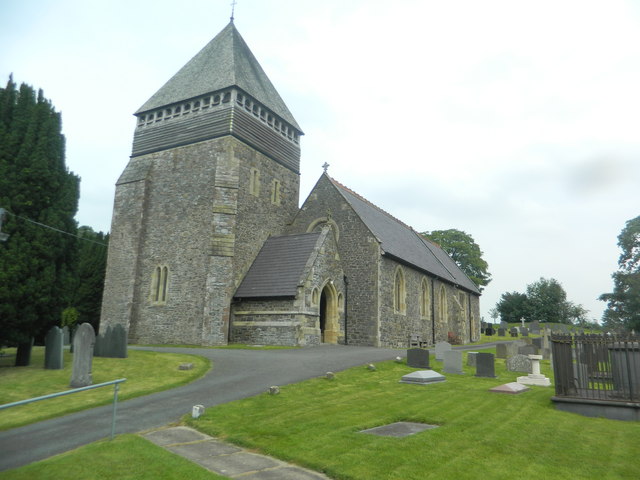While not directly relating to Llandinam itself, these two documents are of national significance to Wales and are records of two judgements which took place in the village, and are the first recorded documents to come from here. In his talk on the 21st November in the Girls’ Parlour, Dr Stephenson explained that his first encounter with the documents was some 40 years ago in the Wynnstay Collection of manuscripts at the National Library of Wales. Originally it was thought that they were from 1208, but his research puts them in the period 1216-26. At that time the Llandinam Monastery was the centre of Welsh law, and Abbot Cynyr ap Cadwgan wrote the only surviving legal treatise from that era which was on the philosophy of jurisprudence. This is particularly significant in that we know the author, when and where it was written, and we have the detail in the treatise and the judgements which describes the law of medieval mid Wales, and how the courts functioned. The two documents were written on parchment in medieval Latin shorthand. Good parchment was in short supply and the clerks would use every available bit of space. However, the size of the document was no indication of its value or importance.
The audience was provided with images of the two documents, and with Dr Stephenson’s transliteration of the original, much of which he translated to illustrate his explanation of the hearings. The first document describes a trial which took place probably in what is now the churchyard, in the monastic buildings from which St Llonios church grew. It is likely that the tower, which was built in the early 13th century, was already there. The case concerned a long running dispute over land ownership at Pen Clun and at Hirard, a farm in the Cerist valley. A group of squatters, or ‘bag-men’, claimed hereditary rights over the land, and the case was heard before a group of 24 ‘good men’ of Arwystli. The instruction to them to attend came from Llewelyn but on the day of the hearing his deputy was there in his stead to preside over it. The 24 comprised landowners, abbots, priests, community elders and men of excellent reputation. One was ‘Kenir Cadugaun’, from one of the great legal families in Wales. Dr Stephenson feels he knows many of them well, as they have appeared in his research for 40 years. All sides of the argument were heard and discussed at length, and the verdict was that the squatters had no legal right to the land, nor did they have any future claim to it.
The second, shorter document, is the account of a later appeal lodged by the ‘bag-men’ against this judgement. In the background of this hearing was a group of senior professional judges, two from Cedewein and two from Arwystli, and others from other regions. Among these judges was Marered ap Robert (d1244) who was Chief Councillor of Wales, a hard man and an experienced judge. These big guns were there to lend weight to the decision of the 24 witnesses hearing the appeal, and who upheld the original decision. The witnesses were men of the Church and of the law, people of substance and the right people to bring an end to the squatters’ nonsense. They included Enir Yates, a seer and poet. The squatters made a very hasty exit before they could be fined for wasting legal time. They had tried to claim the land some 30 years before, and failed then too.
There are perhaps only 4-5 important legal documents from this time in Wales, and these are two of them. They tell us a lot about life in the early thirteenth century, and are works of art as documents. They were probably created by clerics of Strata Marcella, near Welshpool, as the monks had an interest in the disputed land. It was good crop land and worth fighting over. The documents also show good law being administered by good people, demonstrating impartial, knowledgeable and fair justice. As always, Dr Stephenson’s depth of knowledge and engaging style of delivery made this a fascinating evening.
